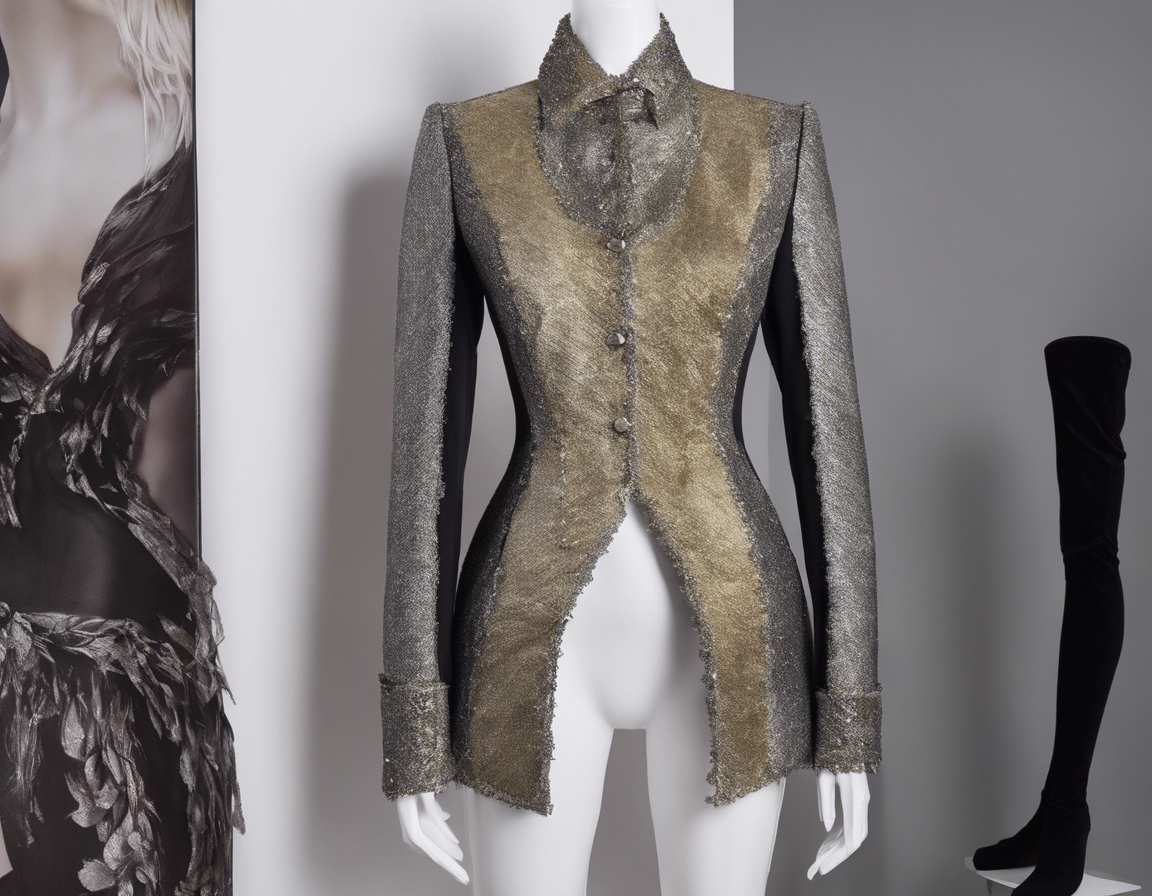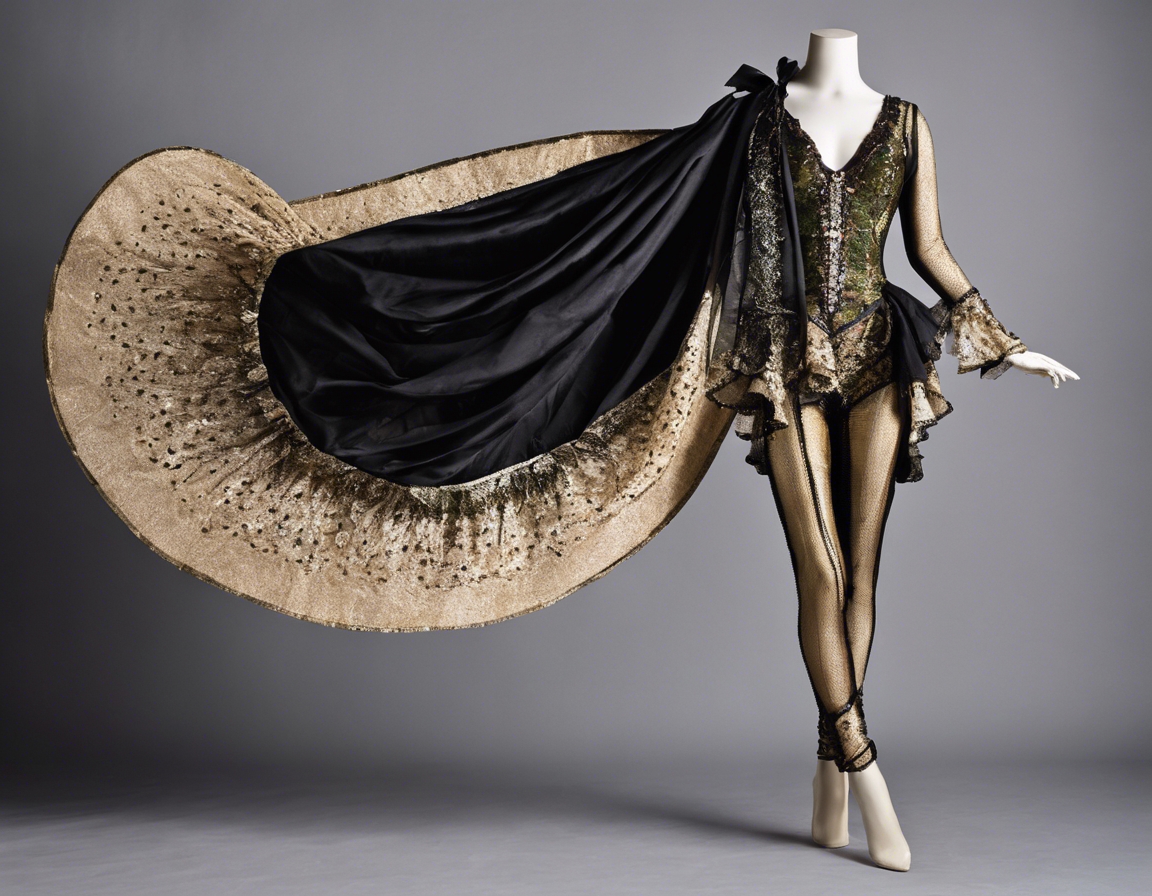The art of costume design: more than just clothing
Costume design is an intricate art form that combines fashion, history, and storytelling to create garments that are integral to the portrayal of characters. It is a critical component of the visual narrative, shaping how characters are perceived and how stories unfold on stage or screen.
Historically, costume design has played a pivotal role in cultural expression and societal norms. From ancient Greek theater to the elaborate court attire of the Renaissance, costumes have been used to signify status, profession, and identity.
The Creative Process of Costume Design
The first step in costume design is delving into the character's background, personality, and the setting of the performance. This research lays the groundwork for creating authentic and compelling costume pieces.
Designers begin by sketching ideas, experimenting with colors, shapes, and textures to visualize the final look. This phase is where creativity flourishes, and initial concepts come to life.
Choosing the right materials is crucial for both the aesthetic and practical aspects of the costume. Designers must consider how fabrics move, how they interact with light, and their durability throughout performances.
Technical Aspects of Costume Design
Costumes must allow performers the freedom to move as required by their roles. Designers must engineer garments that are both beautiful and functional.
Costumes often undergo multiple performances and changes. They must be constructed to withstand wear and tear while also being adaptable for different actors or performance conditions.
The Psychological Impact of Costume Design
Costumes are a powerful tool for character development, providing visual cues to the audience about a character's journey and evolution throughout the story.
The right costume can captivate an audience, enhance the immersive experience of the performance, and leave a lasting impression.
Cultural and Symbolic Elements in Costume Design
Costumes can honor cultural heritage and traditions, bringing authenticity and depth to performances that draw from specific historical or cultural contexts.
Designers often use costumes as a canvas to convey deeper meanings or themes through the use of symbolism and metaphor, adding layers of interpretation to the narrative.
Costume Design in Different Media
In theatre and live performances, costumes help to establish the atmosphere and directly influence the audience's live experience.
On screen, costumes are essential for setting the tone, defining the era, and supporting the cinematography of a production.
For musicians and performance artists, costumes are a form of self-expression and a way to connect with their audience on a visual level.






Comments (0)